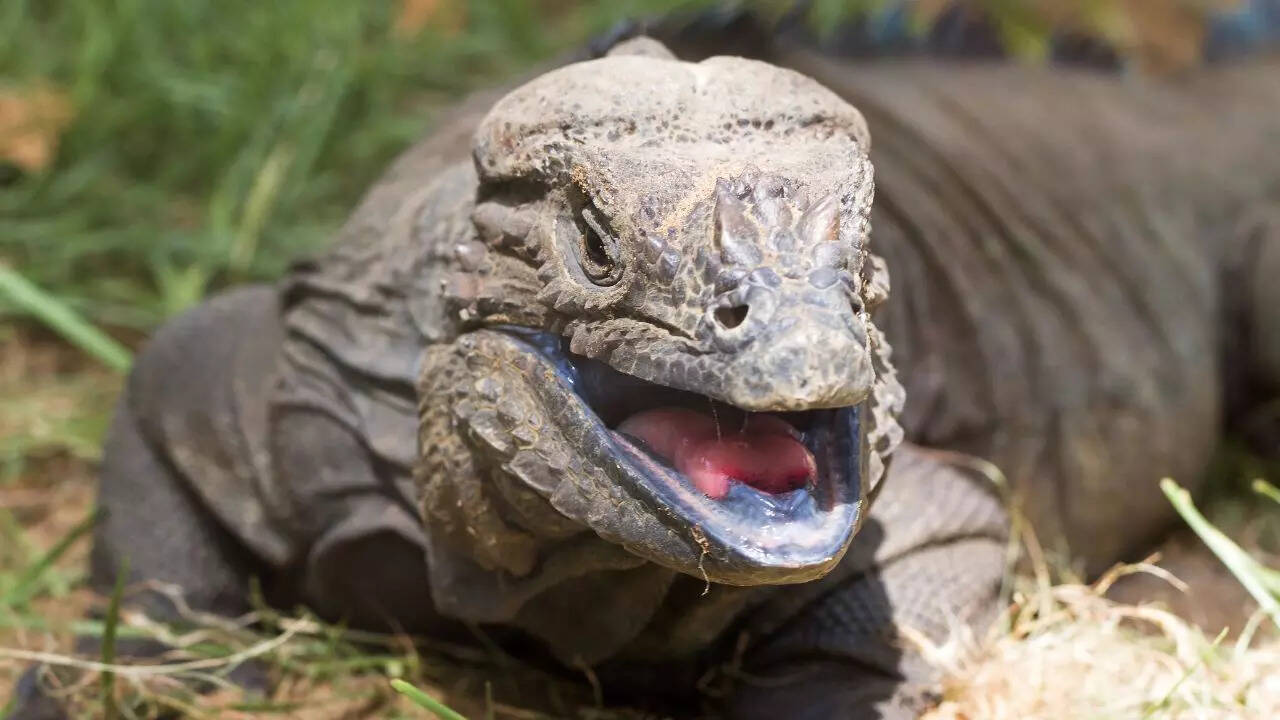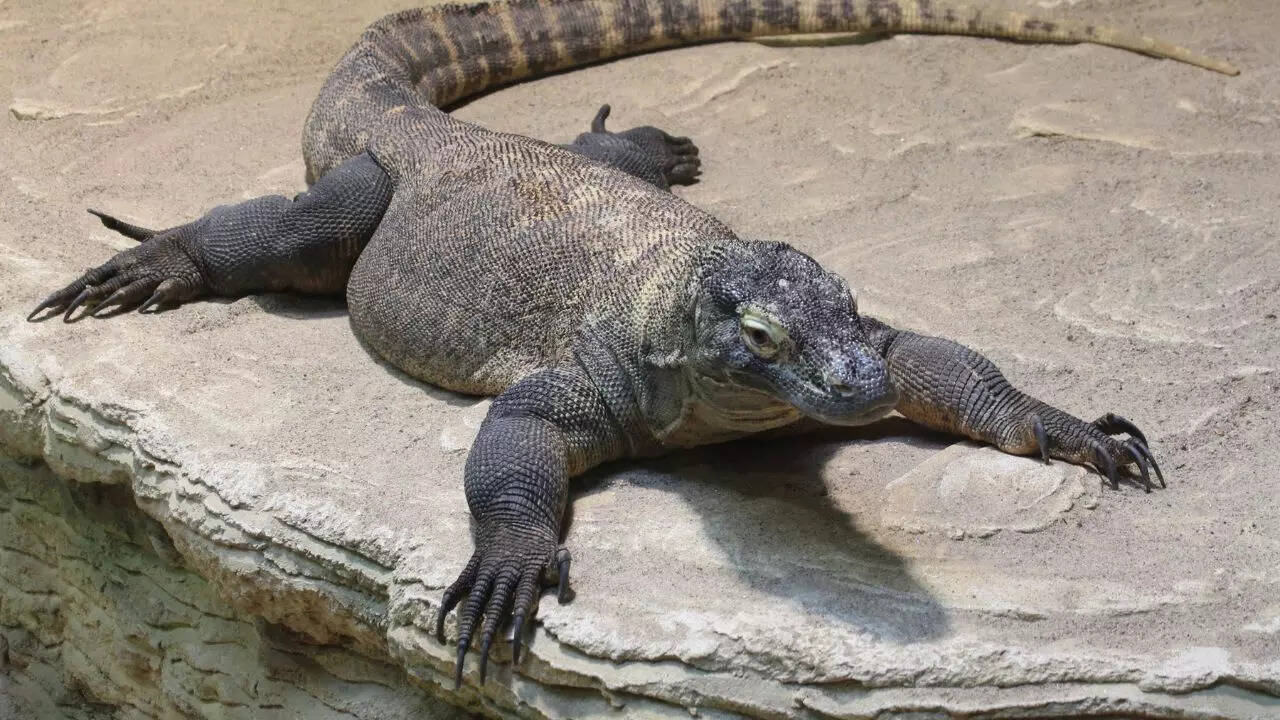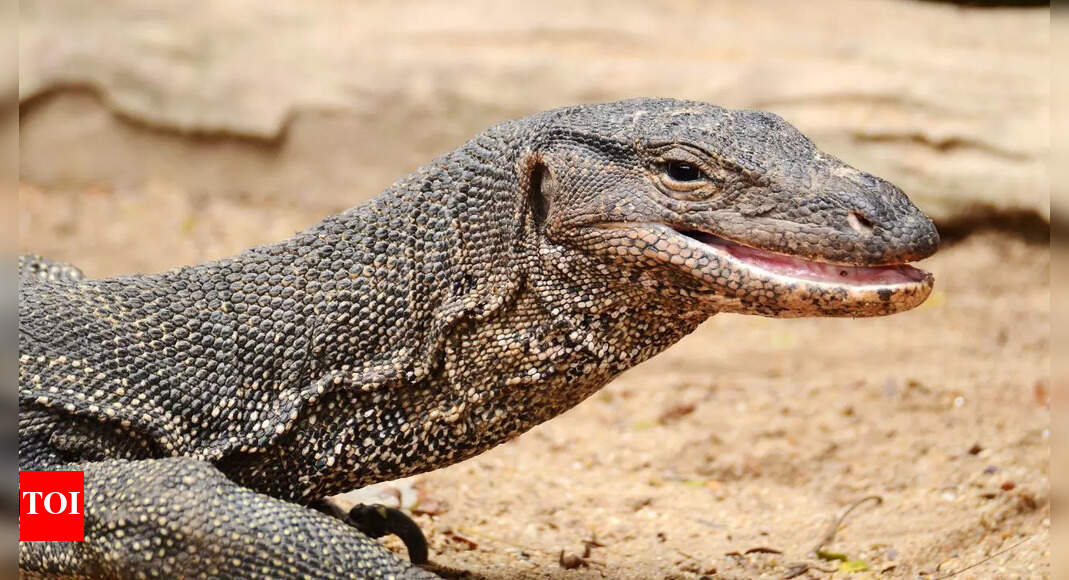The past often hides clues about the present, especially when it comes to evolution. And sometimes, the most surprising discoveries don’t come from deep expeditions into the wild, but from the hidden fossils or preserved museum archives.Using technological advances like micro-CT scanning, researchers can now revisit old specimens and find out secrets hidden beneath the surface, without damaging the samples. These breakthroughs allow us to find connections across time, between the creatures that walked the earth millions of years ago to animals still living today.One among these is an area of recent study involving osteoderms, which are small bony plates located under the skin. While this is commonly associated with dinosaurs, armadillos, and crocodiles, new research shows they may be much more widespread in today’s reptiles than anyone previously thought.
Monitor Lizards share an ancient bone structure with Dinosaurs
Scientists have found that monitor lizards, known as goannas in Australia, have hidden bone structures called osteoderms beneath their skin. Surprisingly, it is a feature they share with prehistoric creatures like the Stegosaurus.This research, published in the Zoological Journal of the Linnean Society, represents the first large-scale study of osteoderms in lizards and snakes. The team scanned over 2,000 reptile specimens using high-resolution micro-computed tomography (micro-CT), according to Museums Victoria.

“We were astonished to find osteoderms in 29 Australo-Papuan monitor lizard species that had never been documented before,” said Roy Ebel, lead author of the study and researcher at Museums Victoria Research Institute and the Australian National University. “It’s a fivefold increase in known cases among goannas,” he added in a press release.
What are Osteoderms
Osteoderms are well-known bone structures in animals like armadillos, crocodiles, and dinosaurs, including the iconic Stegosaurus. Their purpose isn’t completely understood, but researchers believe they provide protection, help regulate body temperature, store calcium, and may even support movement.Jane Melville, Senior Curator of Terrestrial Vertebrates at Museums Victoria Research Institute, explained the bigger picture, “What’s so exciting about this finding is that it reshapes what we thought we knew about reptile evolution. It suggests that these skin bones may have evolved in response to environmental pressures as lizards adapted to Australia’s challenging landscapes.”

The researchers also talked about the vital role of museum archives in this discovery. Some of the studied specimens were over 120 years old. By using the non-destructive micro-CT scanning, these preserved reptiles could be examined in detail for the first time.The study reveals that more than half of all lizard species may have osteoderms, about 85% more than previously thought.With this growing dataset, researchers are now poised to look for even more secrets hiding in plain sight, bridging the gap between ancient dinosaurs and the reptiles we see today.
